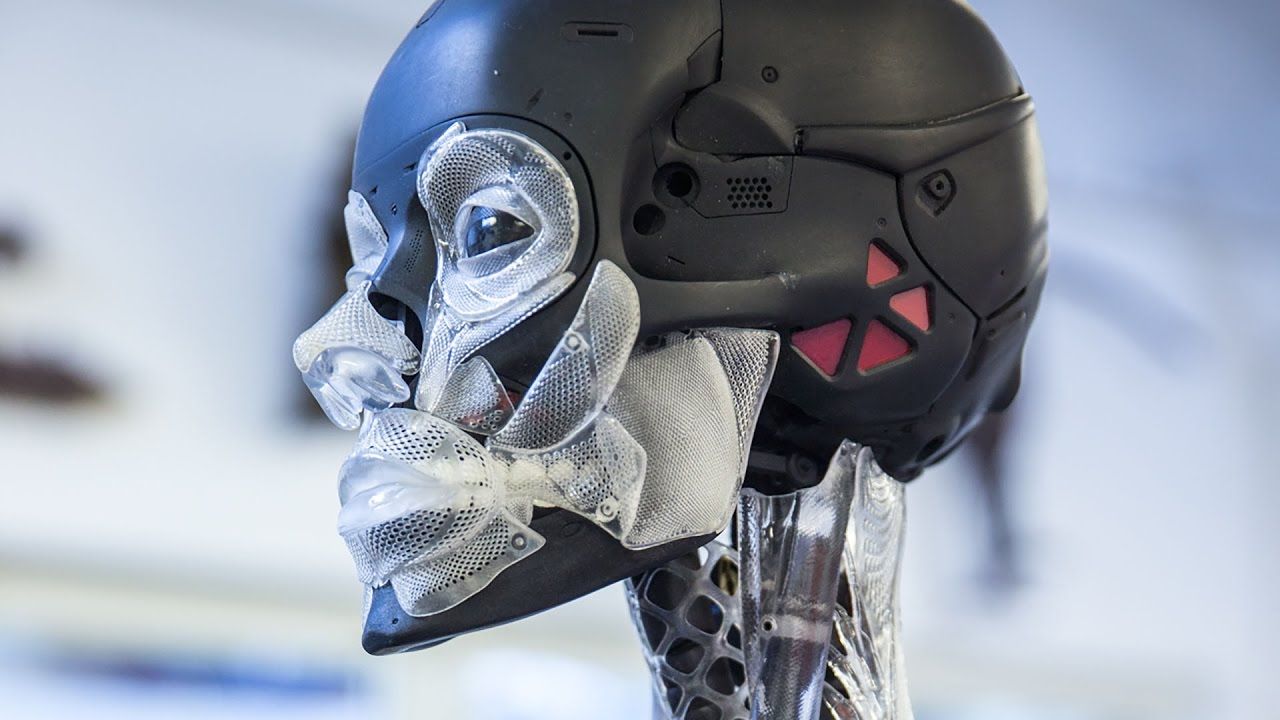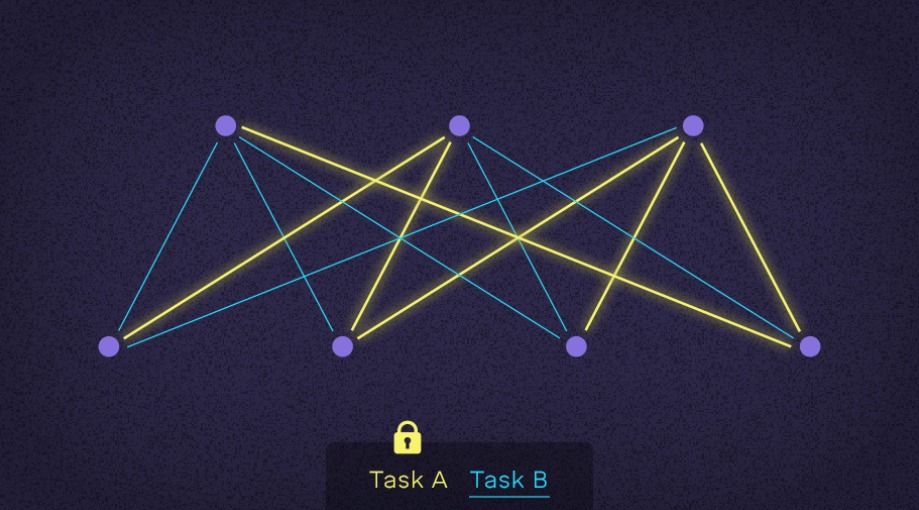Page 10456
Mar 16, 2017
Startup Serves Up Chicken Produced From Cells in Lab
Posted by Dan Kummer in category: food
A Bay Area food-technology startup says it has created the world’s first chicken strips grown from self-reproducing cells without so much as ruffling a feather.
And the product pretty much tastes like chicken, according to people who were offered samples Tuesday in San Francisco, before Memphis Meats Inc.’s formal unveiling on Wednesday.
Scientists, startups and animal-welfare activists believe the new product could help to…
Continue reading “Startup Serves Up Chicken Produced From Cells in Lab” »
Mar 16, 2017
Q&A with Interaction Designer Ron Kim
Posted by Brett Gallie II in category: space travel
Designing web and mobile apps good enough for space exploration poses a special set of UX challenges. NASA’s interaction designer reveals how he and his team take user experience into orbit.
How do you prototype software that can safely send astronauts into space? Over at NASA’s Ames Research Center, the HCI team members are engaged in answering that question, constantly designing, prototyping and iterating on web and mobile apps to support space missions from launchpad to deep space and back.
Justinmind was lucky enough to talk to NASA Interaction Designer Ron Kim, who told us about how NASA’s user experience team works, the challenges of designing software for the International Space Station, and how prototyping helps him sell UX to scientists.
Mar 16, 2017
Artificial intelligence has a multitasking problem, and DeepMind might have a solution
Posted by Alireza Mokri in categories: information science, robotics/AI
Right now it’s easiest to think about an artificial intelligence algorithm as a specific tool, like a hammer. A hammer is really good at hitting things, but when you need a saw to cut something in half, it’s back to the toolbox. Need a face recognized? Train an facial recognition algorithm, but don’t ask it to recognize cows.
Alphabet’s AI research arm, DeepMind, is trying to change that idea with a new algorithm that can learn more than one skill. Having algorithms that can learn multiple skills could make it far easier to add new languages to translators, remove bias from image recognition systems, or even have algorithms use existing knowledge to solve new complex problems. The research published in Proceedings of the National Academy of Sciences this week is preliminary, as it only tests the algorithm on playing different Atari games, but this research shows multi-purpose algorithms are actually possible.
The problem DeepMind’s research tackles is called “catastrophic forgetting,” the company writes. If you train an algorithm to recognize faces and then try to train it again to recognize cows, it will forget faces to make room for all the cow-knowledge. Modern artificial neural networks use millions of mathematic equations to calculate patterns in data, which could be the pixels that make a face or the series of words that make a sentence. These equations are connected in various ways, and are so dependent on some equations that they’ll begin to fail when even slightly tweaked for a different task. DeepMind’s new algorithm identifies and protects the equations most important for carrying out the original task, while letting the less-important ones be overwritten.
Mar 16, 2017
Future ‘lightwave’ computers could run 100,000 times faster
Posted by Alireza Mokri in categories: computing, futurism
 TeraHertz pulses in semiconductor crystal (credit: Fabian Langer, Regensburg University)
TeraHertz pulses in semiconductor crystal (credit: Fabian Langer, Regensburg University)
Using extremely short pulses of teraHertz (THz) radiation instead of electrical currents could lead to future computers that run ten to 100,000 times faster than today’s state-of-the-art electronics, according to an international team of researchers, writing in the journal Nature Photonics.
In a conventional computer, electrons moving through a semiconductor occasionally run into other electrons, releasing energy in the form of heat and slowing them down. With the proposed “lightwave electronics” approach, electrons could be guided by ultrafast THz pulses (the part of the electromagnetic spectrum between microwaves and infrared light). That means the travel time can be so short that the electrons would be statistically unlikely to hit anything, according to senior author Rupert Huber, a professor of physics at the University of Regensburg who led the experiment.
Continue reading “Future ‘lightwave’ computers could run 100,000 times faster” »
Mar 16, 2017
Silicon Valley’s race to develop a brain-computer interface
Posted by Klaus Baldauf in categories: computing, neuroscience
Mar 16, 2017
Patients Lose Sight After Stem Cells Are Injected Into Their Eyes
Posted by Steve Hill in categories: biotech/medical, engineering, life extension
And today a clear lesson in why jumping the gun and not using appropriate engineering safety in regenerative medicine is reckless and dangerous. The steady and scientific path is always the best way when health is on the line. The current system needs streamlining for sure and projects like Lifespan.io are helping to create a progressive environment but ensuring appropriate safety is observed. We must be careful in healthcare and this story reminds us why.
Three women suffered severe eye damage at a Florida clinic, exposing gaps in protections for people seeking unproven treatments.
Mar 16, 2017
How Weta Workshop Made Ghost in the Shell’s Robot Skeleton!
Posted by Shailesh Prasad in categories: 3D printing, robotics/AI

Adam Savage gets up close with the one-of-a-kind 3D-printed endoskeleton Weta Workshop made for the upcoming Ghost in the Shell. Chatting with Weta Workshop technician Jared Haley in the studio’s 3D modeling room, Adam learns about the experimentation and prototyping necessary to make this gobsmackingly beautiful prop, which is made of several hundred individual pieces!
Shot and edited by Joey Fameli
Continue reading “How Weta Workshop Made Ghost in the Shell’s Robot Skeleton!” »
Mar 16, 2017
Automation that could take away human jobs can also open the massive resources of the solar system
Posted by Klaus Baldauf in categories: employment, robotics/AI, space travel, sustainability
Massive and complete automation could enable industrializtion of the moon and space. By using some larger human colonies along with the robots then it would be more robust and less dependent on perfect automation.
Advances in robotics and additive manufacturing have become game-changing for the prospects of space industry. It has become feasible to bootstrap a self-sustaining, self-expanding industry at reasonably low cost. Simple modeling was developed to identify the main parameters of successful bootstrapping. This indicates that bootstrapping can be achieved with as little as 12 metric tons (MT) landed on the Moon during a period of about 20 years. The equipment will be teleoperated and then transitioned to full autonomy so the industry can spread to the asteroid belt and beyond. The strategy begins with a sub-replicating system and evolves it toward full self-sustainability (full closure) via an in situ technology spiral. The industry grows exponentially due to the free real estate, energy, and material resources of space. The mass of industrial assets at the end of bootstrapping will be 156 MT with 60 humanoid robots, or as high as 40,000MT with as many as 100,000 humanoid robots if faster manufacturing is supported by launching a total of 41 MT to the Moon. Within another few decades with no further investment, it can have millions of times the industrial capacity of the United States.















